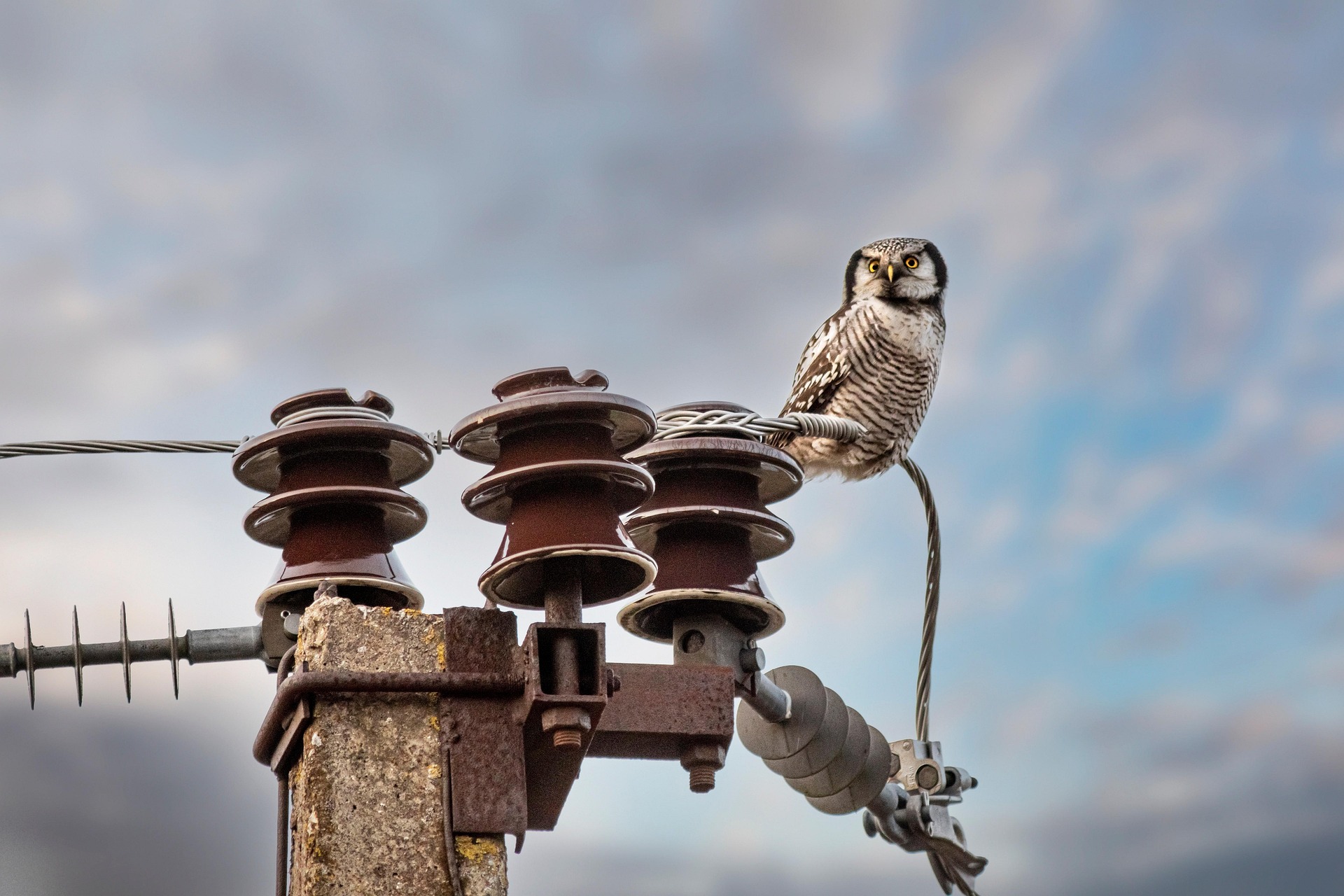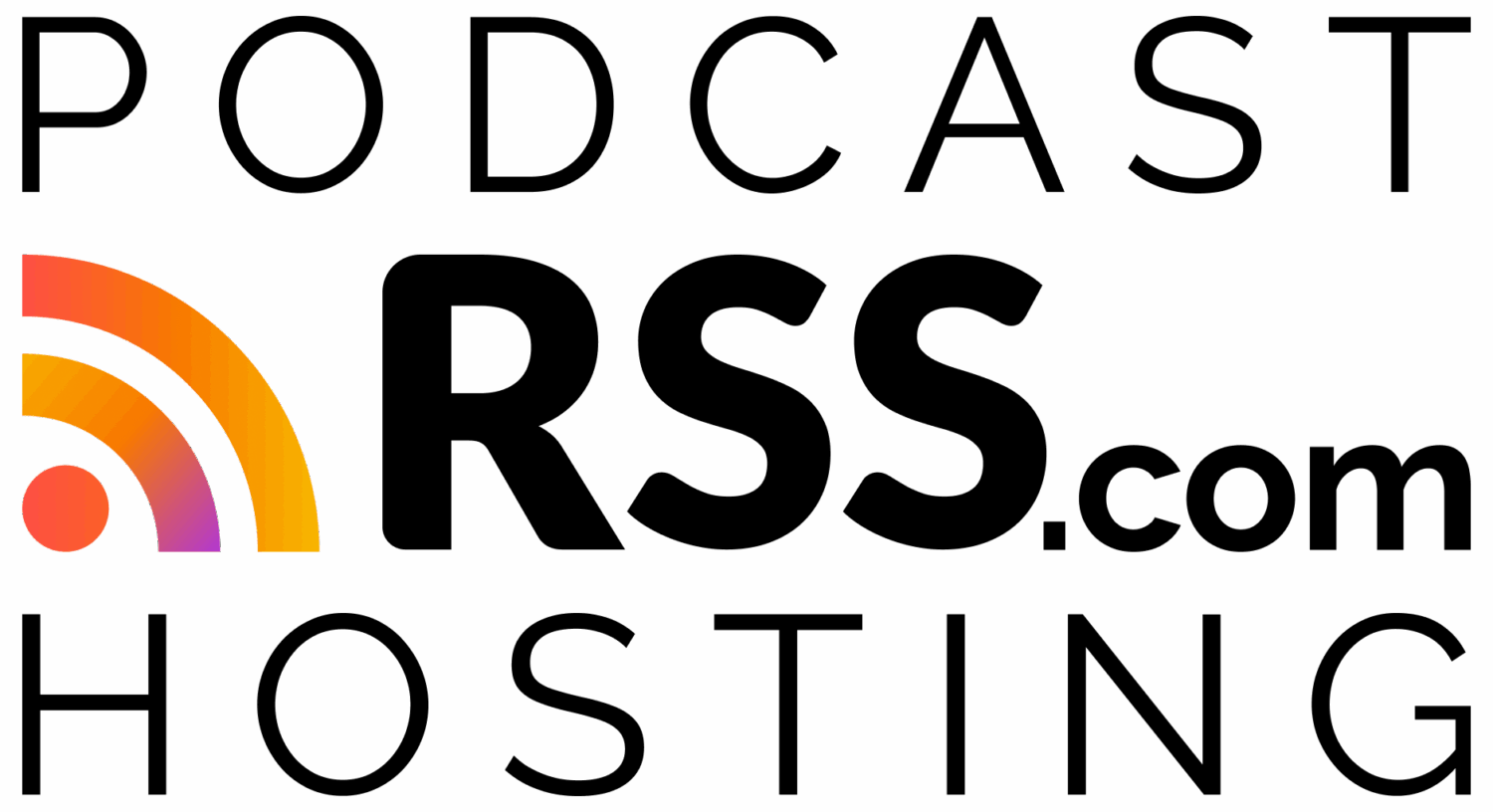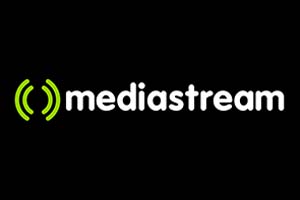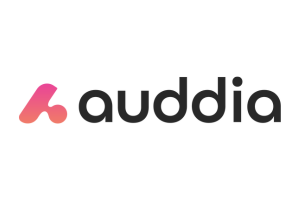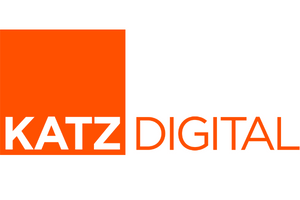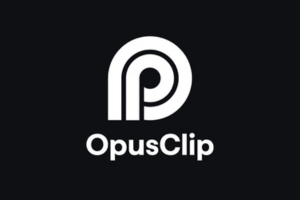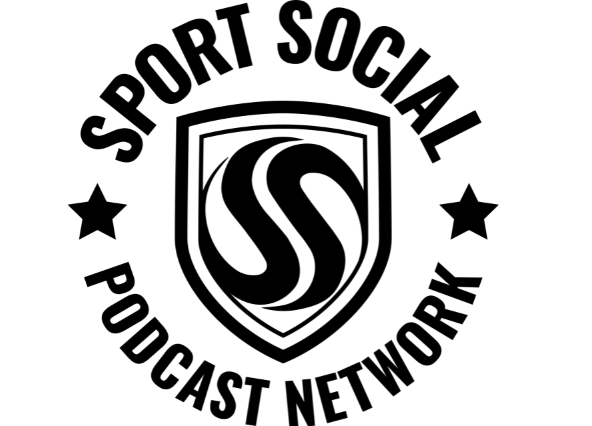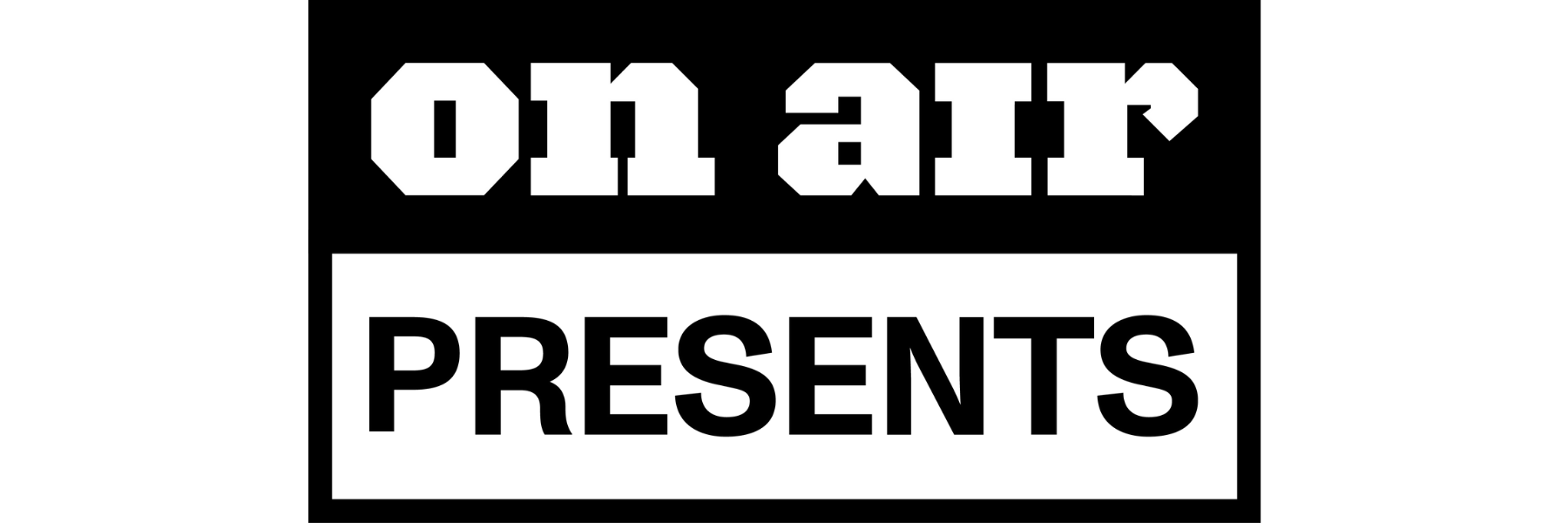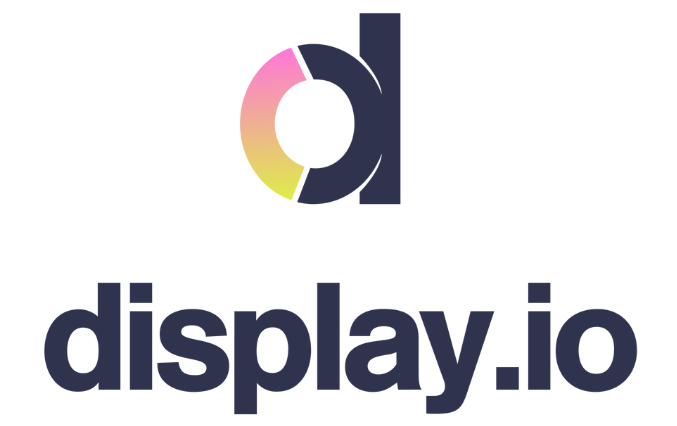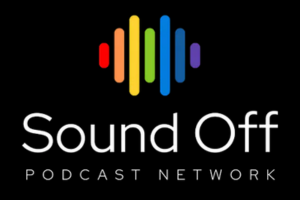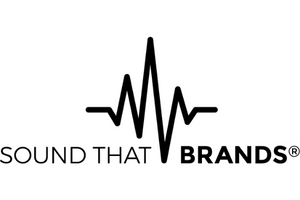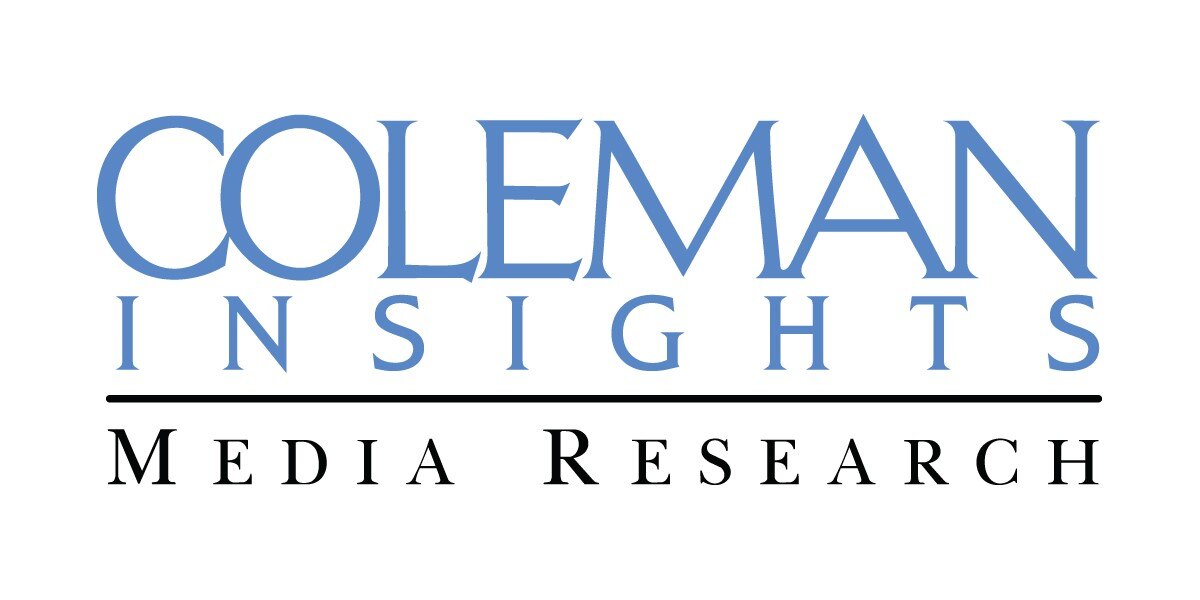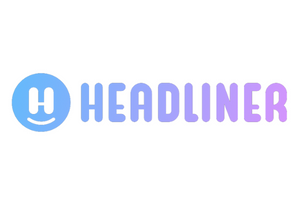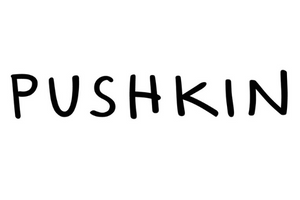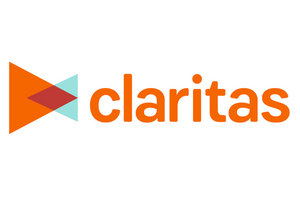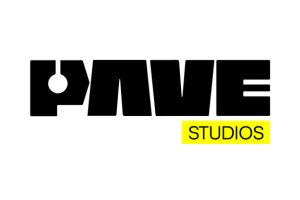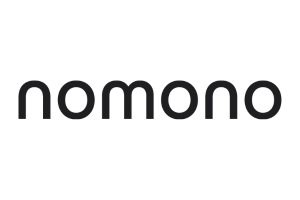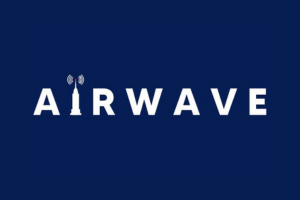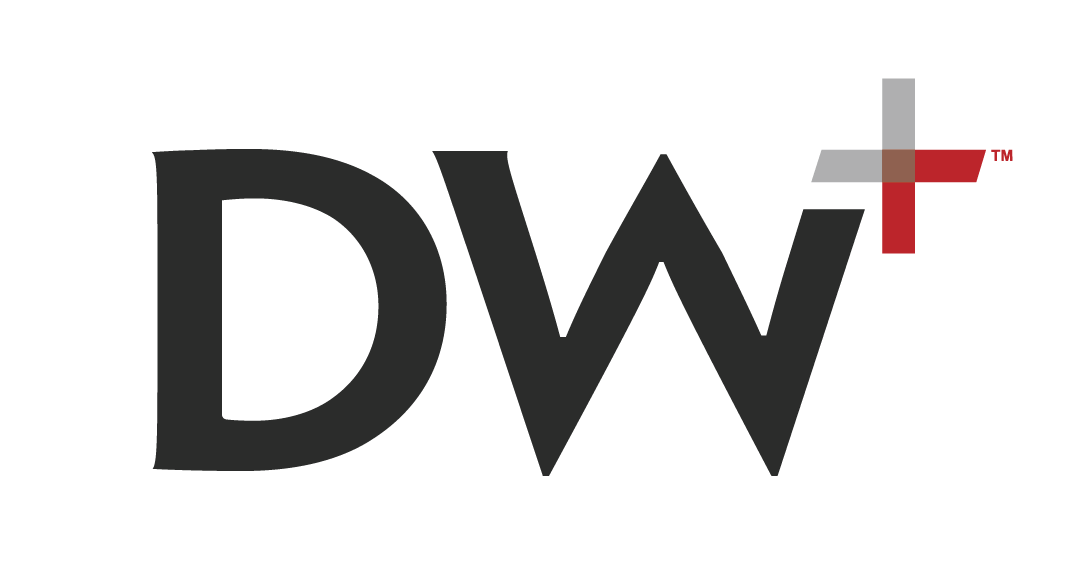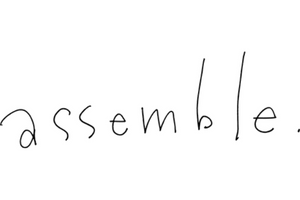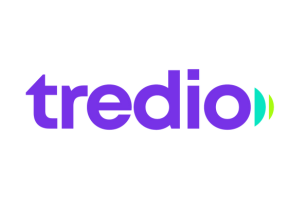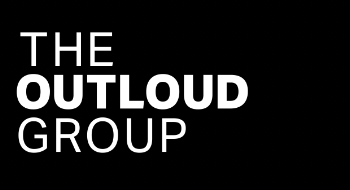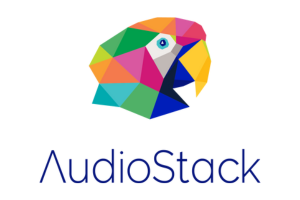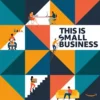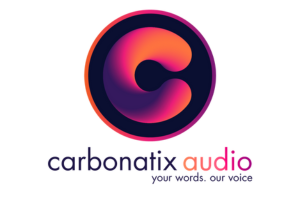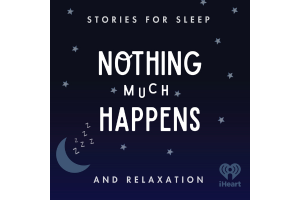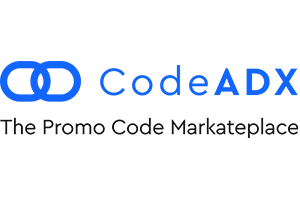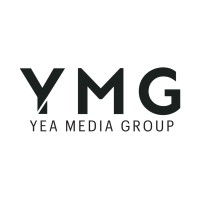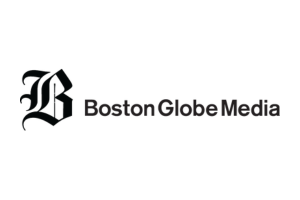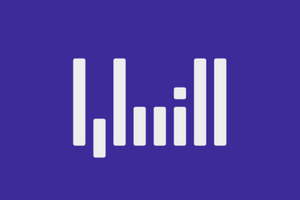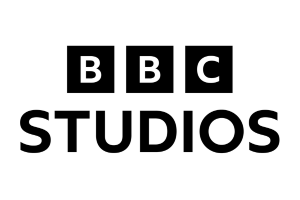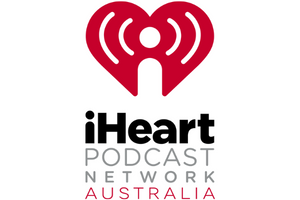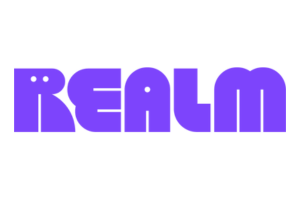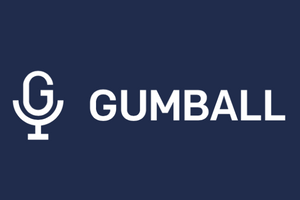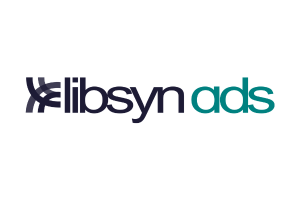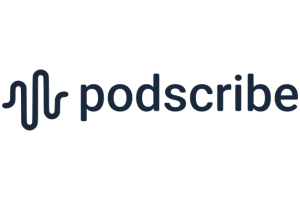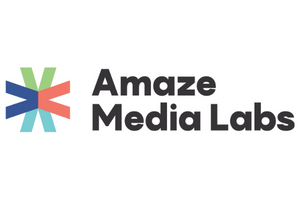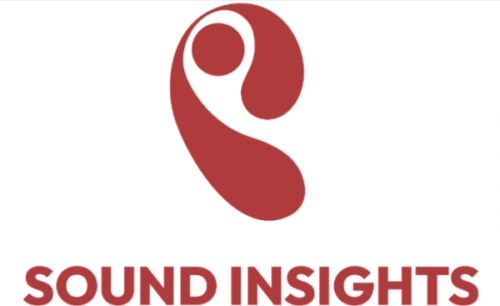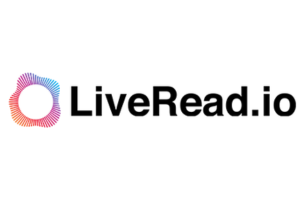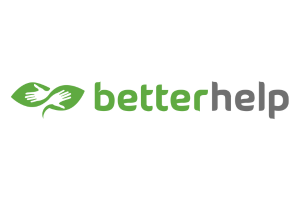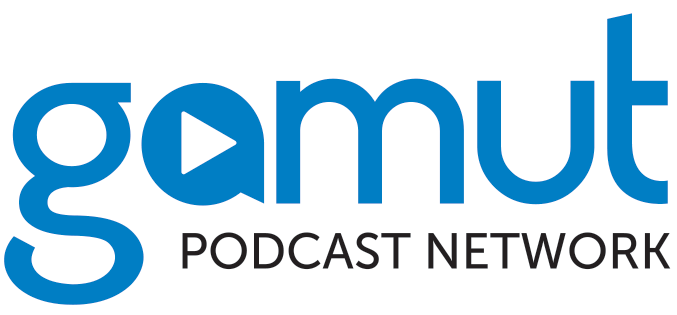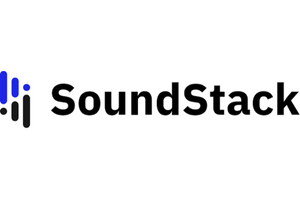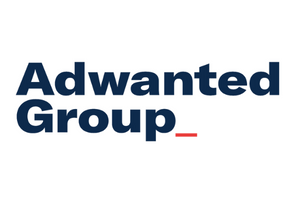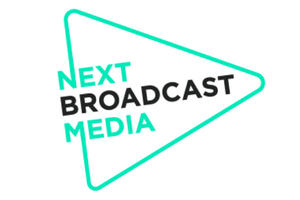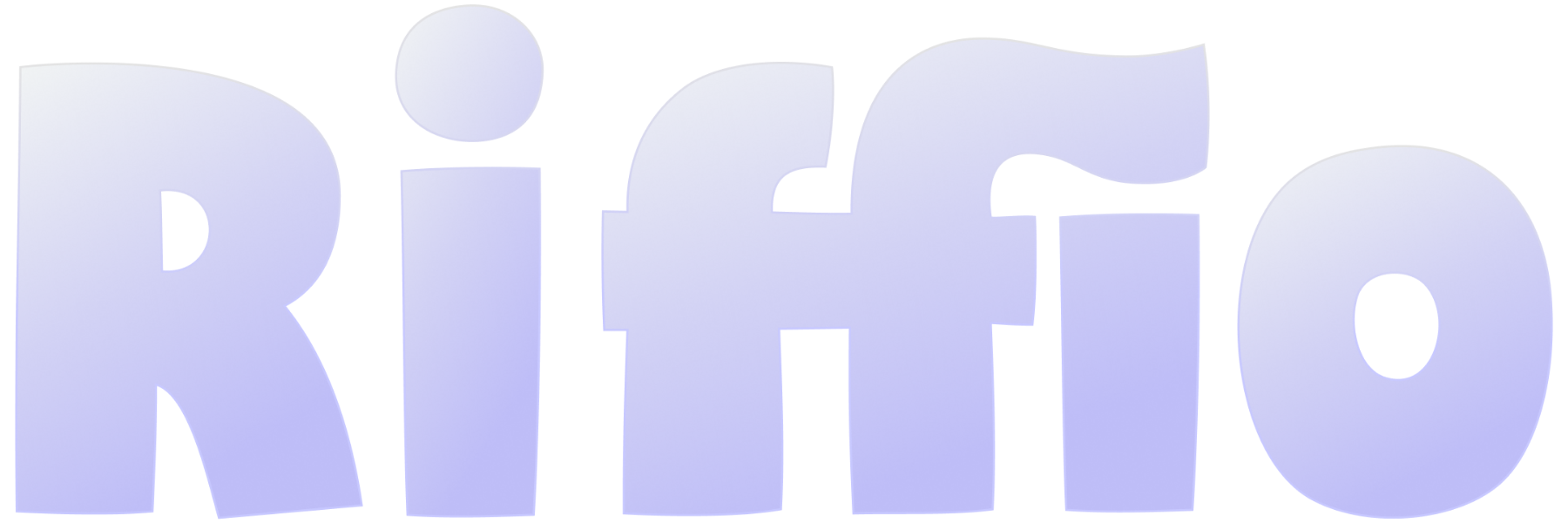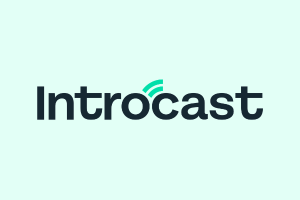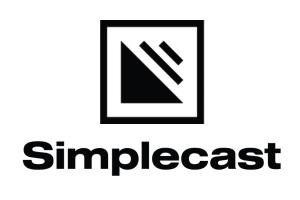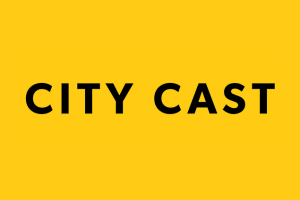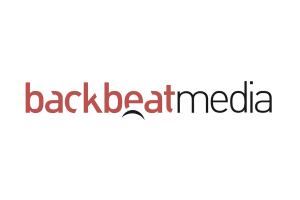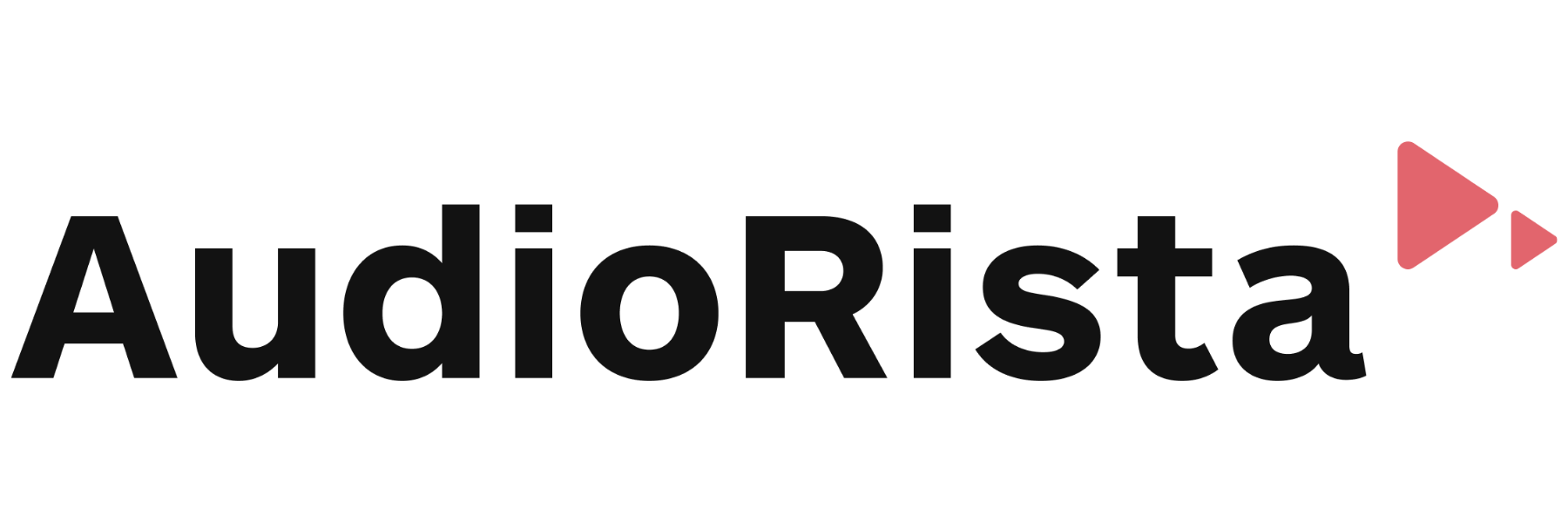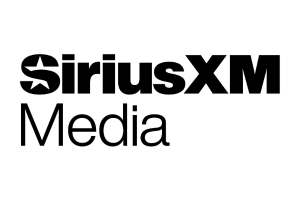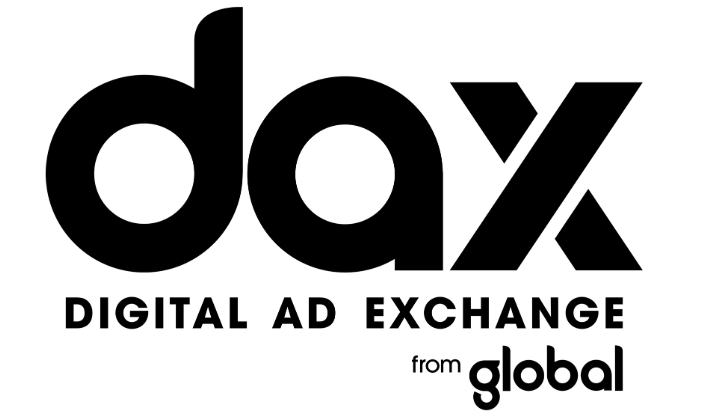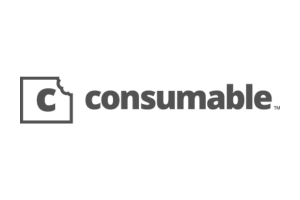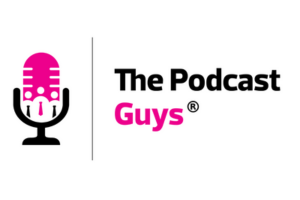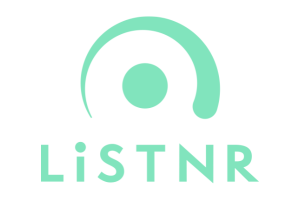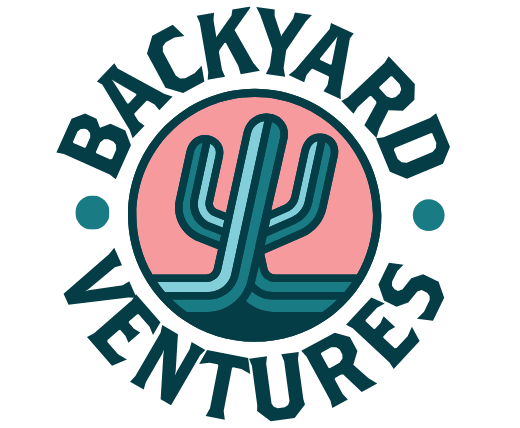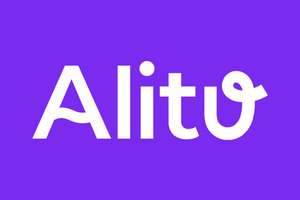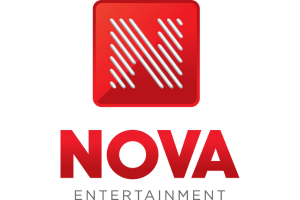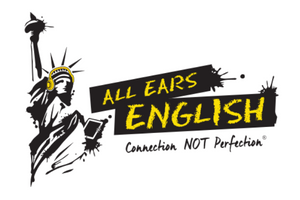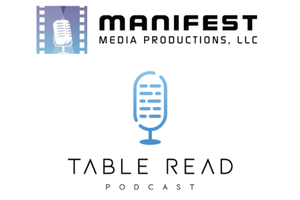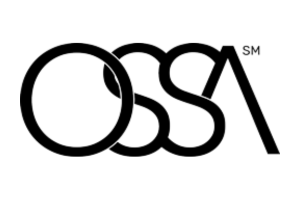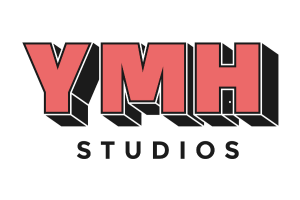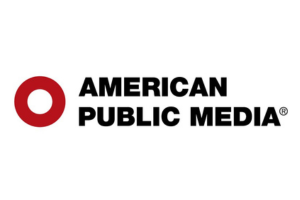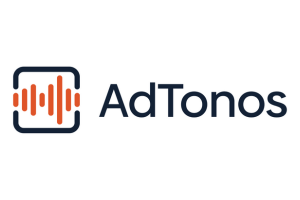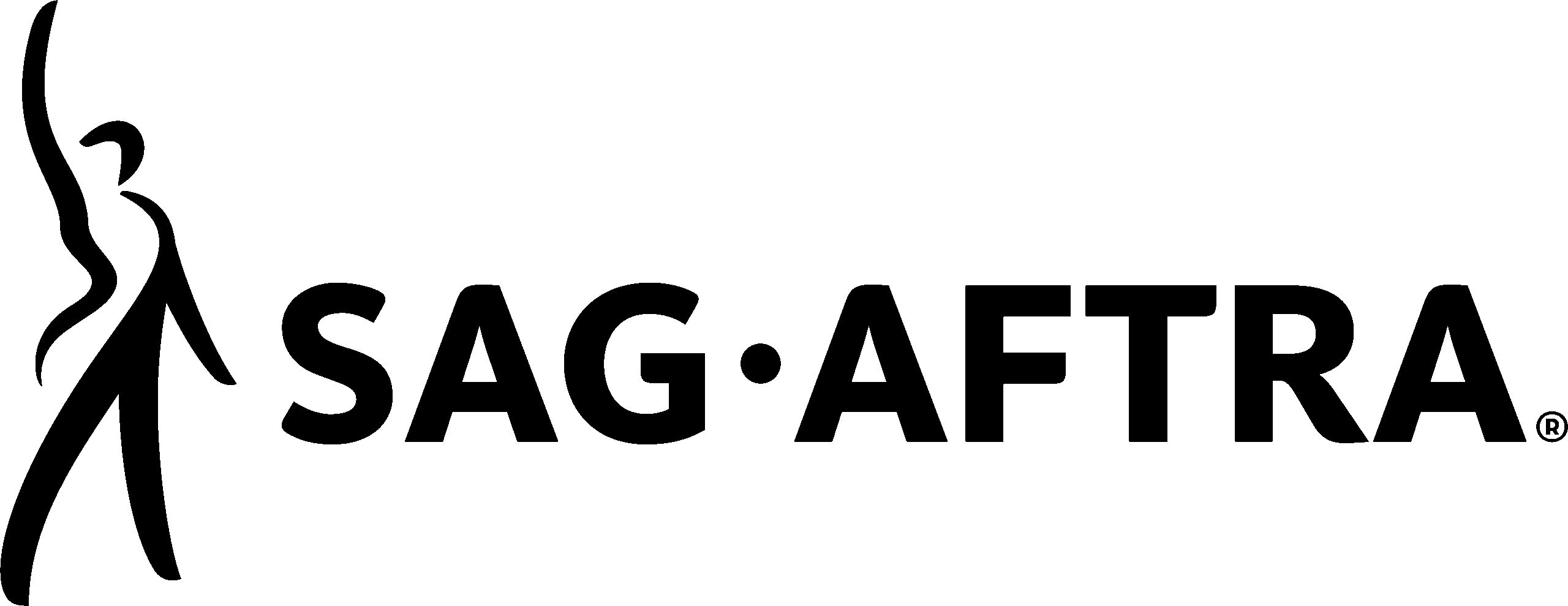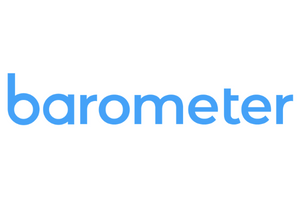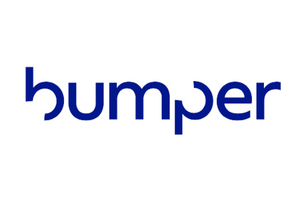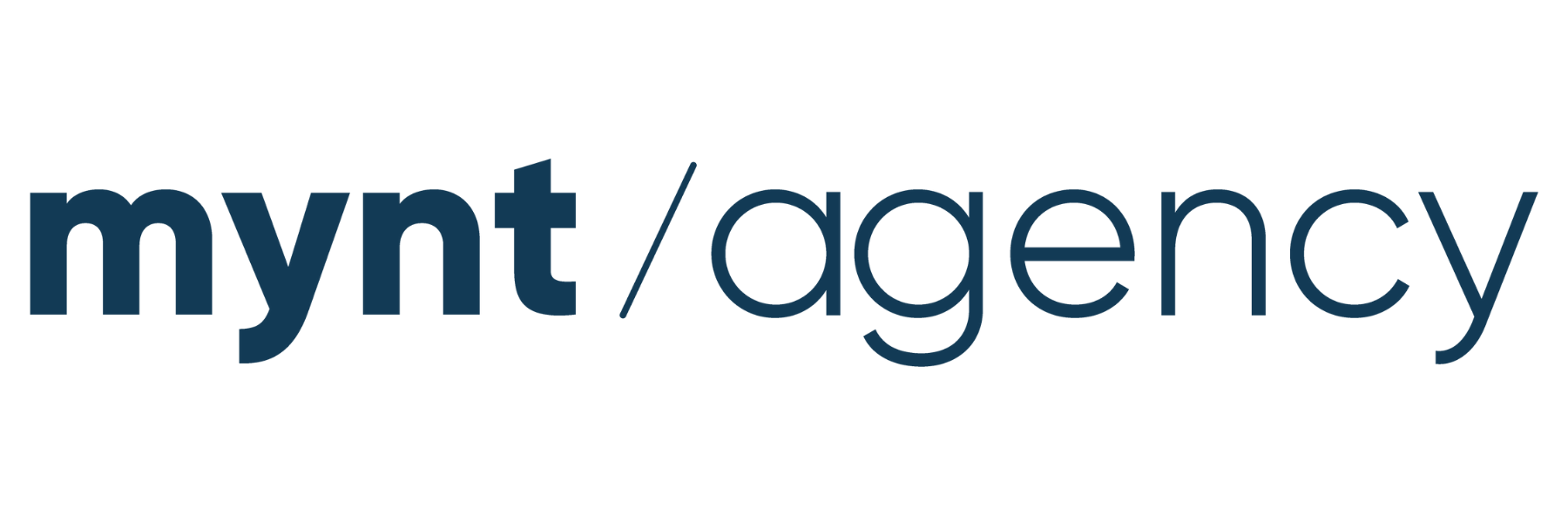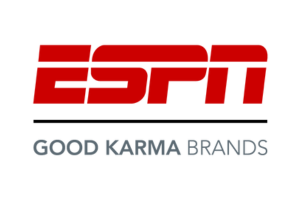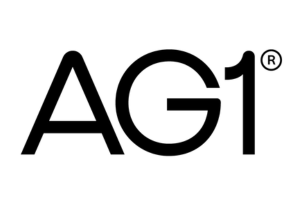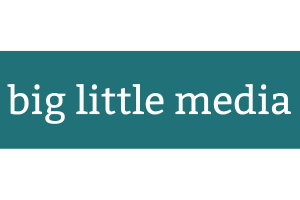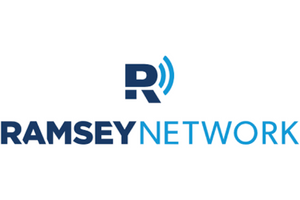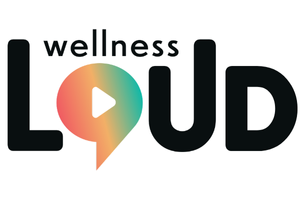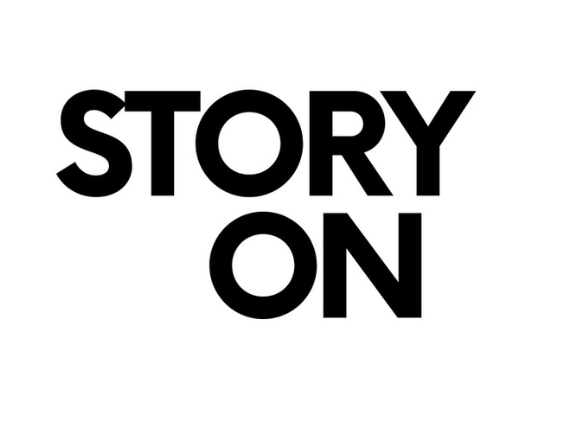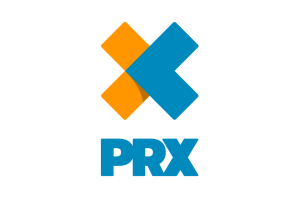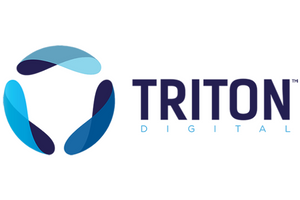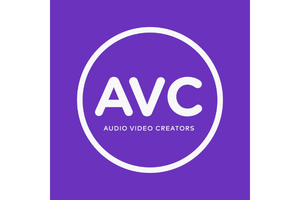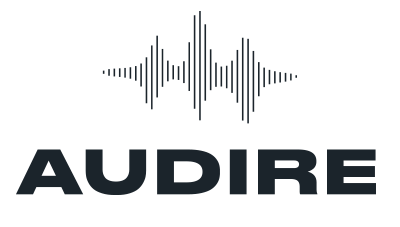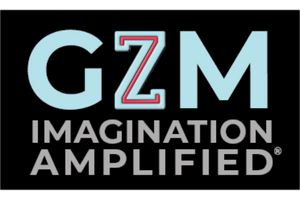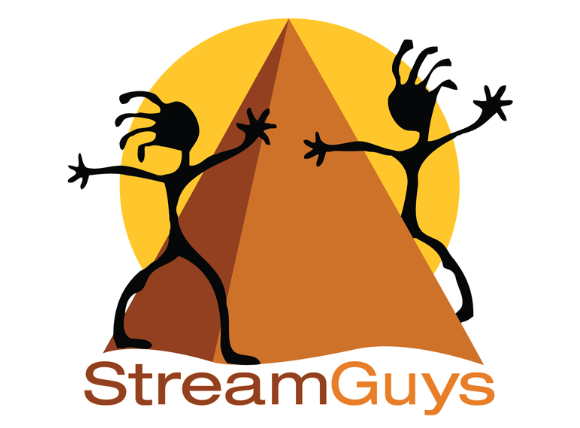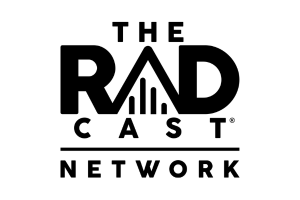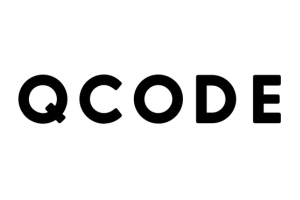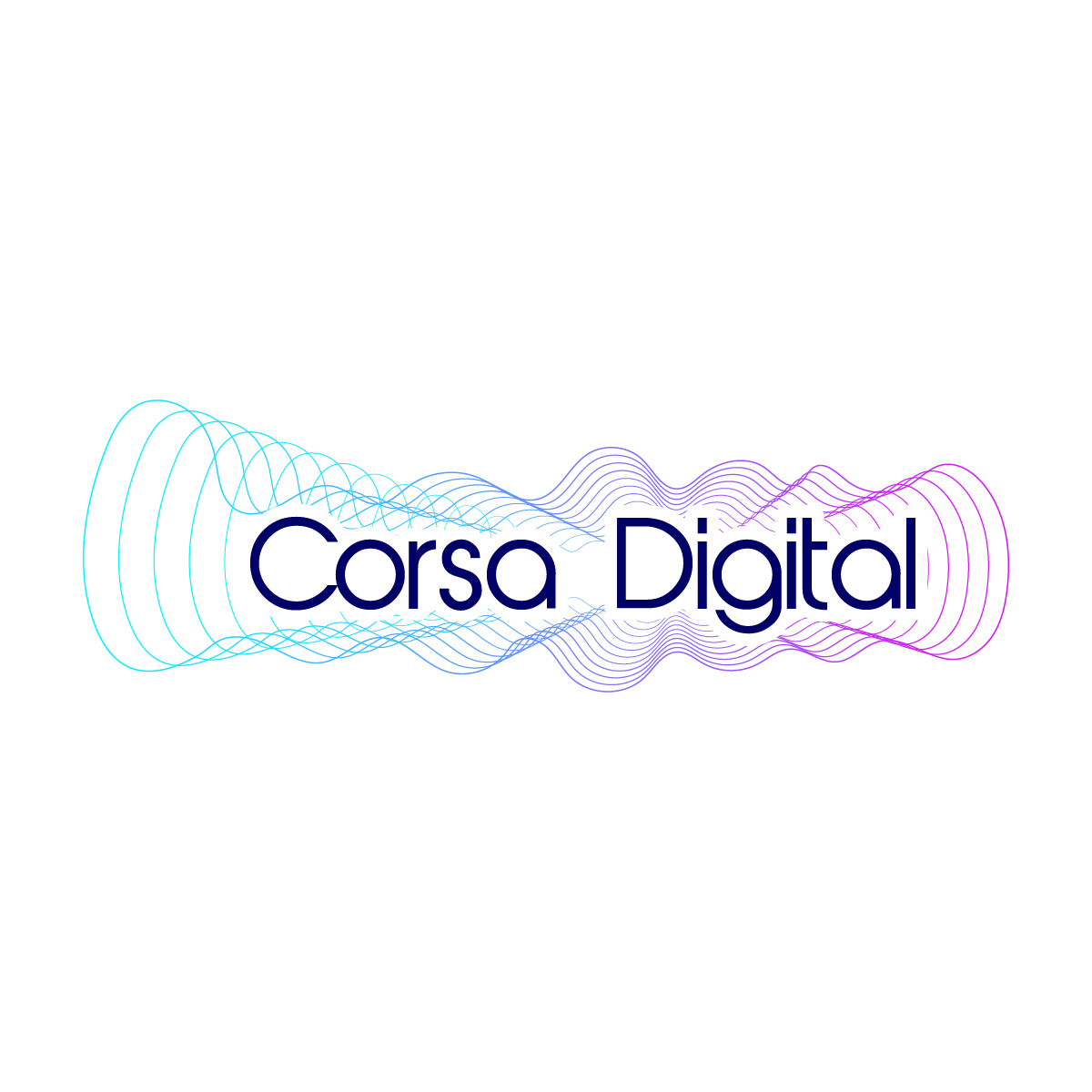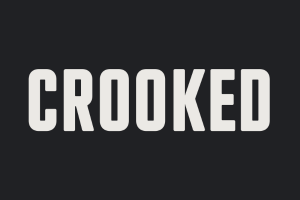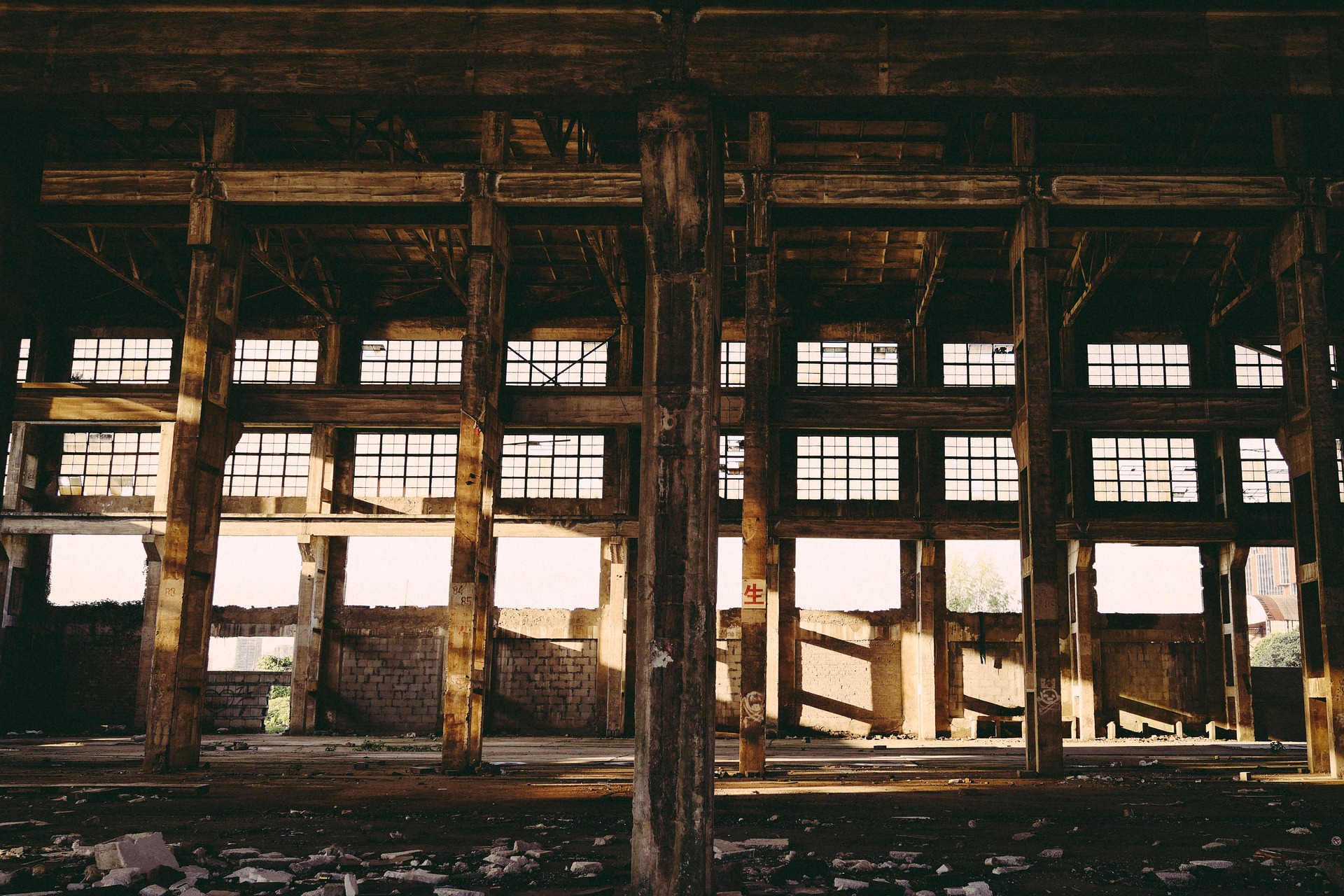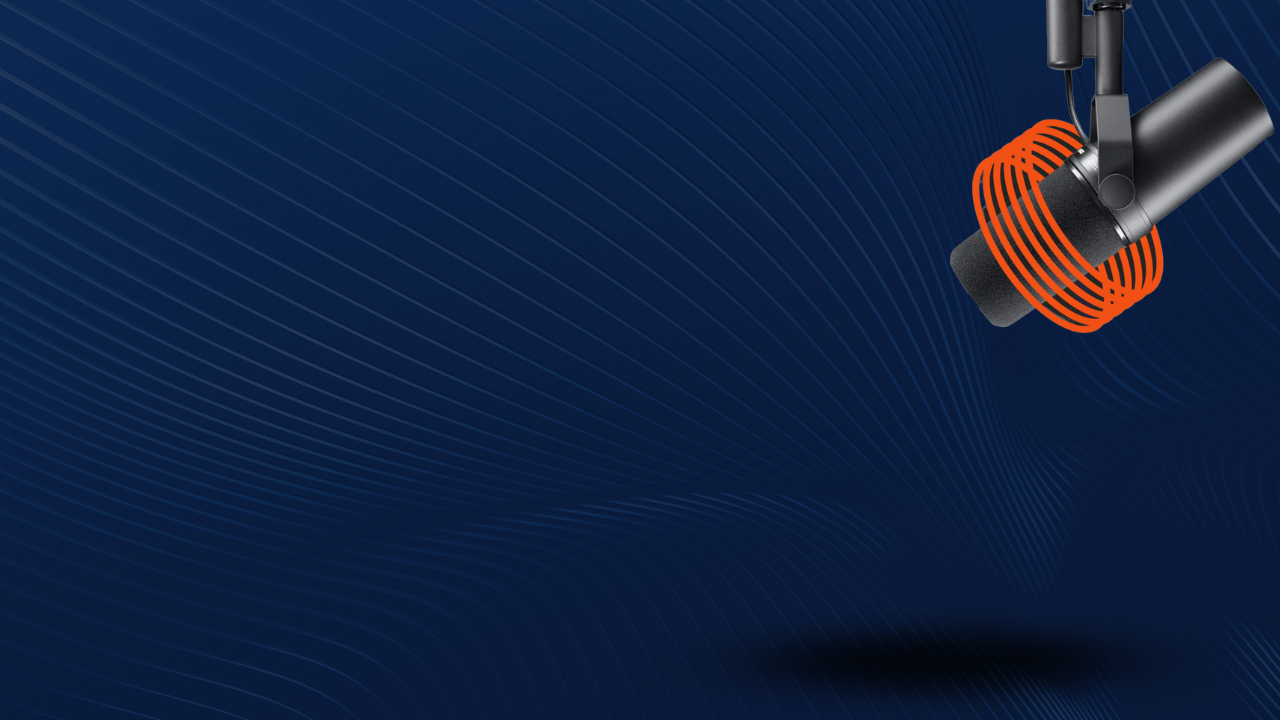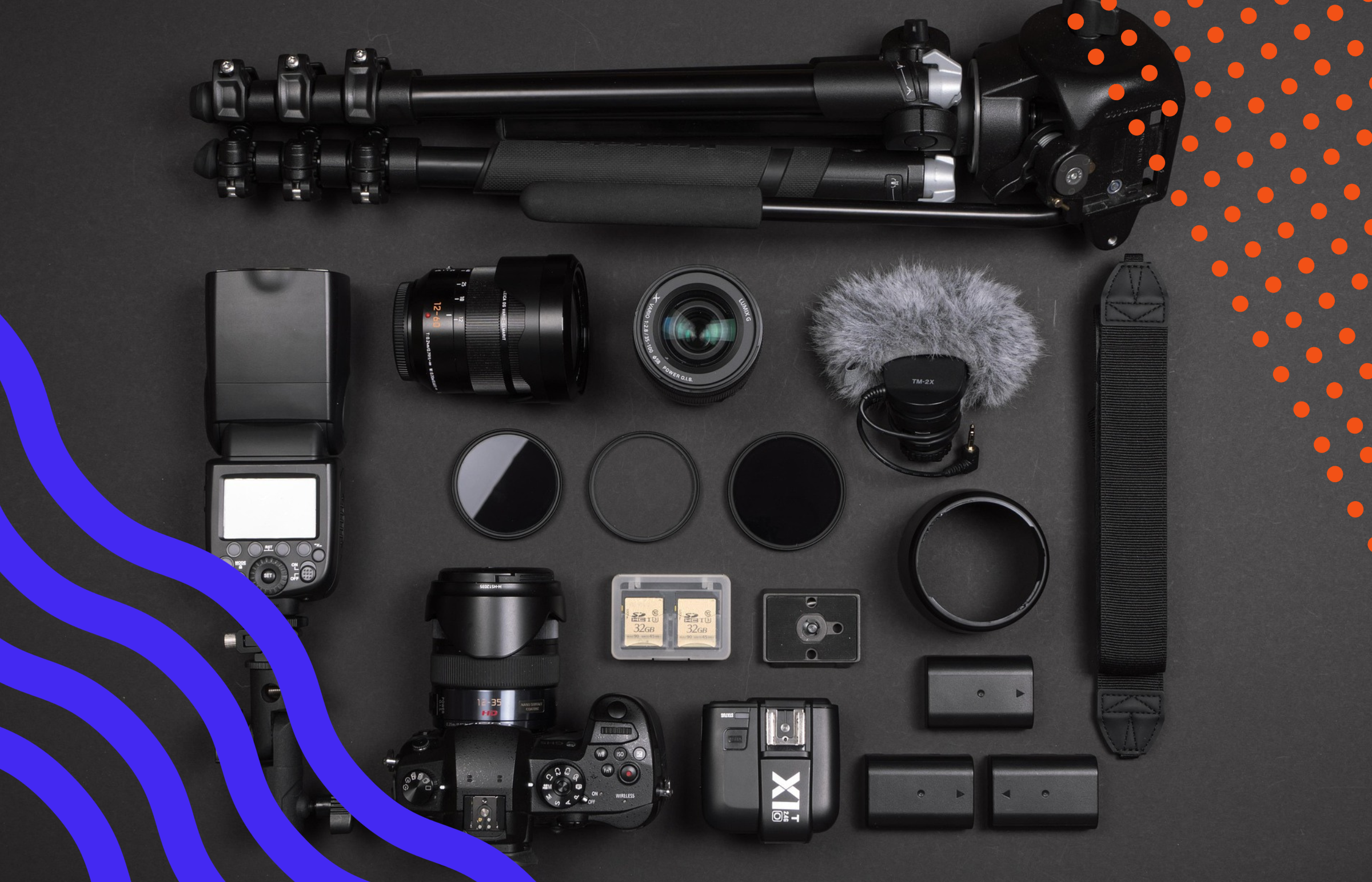Consider this your reminder that The Ambies final deadline for submission is on the horizon. Submissions for consideration for the Ambies awards for excellence in audio have been extended through Black Friday (November 28th).
This week, we have a special report on TV and Film podcasts, which we wrapped up in a nice big bow for you, on demand. This report was sponsored by Owl & Co., and I had the opportunity to present this data with the Chief Owl himself, and a name that should be familiar to podcasters, Hernan Lopez. You can watch the webinar and download the report, but I wanted to talk about a great anecdote Hernan brought to the webinar, and what it all means for creators.
We were talking about TV and film podcasts—you know, the companion shows, the rewatch pods, the celebrity interview shows about your favorite streaming series. And we asked Americans a simple hypothetical: how likely would you be to listen to a podcast about a favorite TV show or movie?
53% said they’d be likely to try it.
Now, let me put that in perspective. You know what the current monthly reach of podcasting is in America? About 55%. Which means that the appetite for TV and film podcast content is almost as large as the entire podcast audience itself. Let that marinate for a second. We’re talking about a single category of content that could theoretically appeal to nearly everyone who currently consumes podcasts, plus a whole bunch of people who don’t.
And yet only 19% are currently consuming TV and film podcasts.
I don’t know about you, but when I see a 53% interest level and a 19% consumption level, I don’t see a saturated market. I see an opportunity.
Hernan opened our conversation with a story I loved. Back when he was working in international television at Fox, they had the rights to The Walking Dead outside the U.S. At its peak (around 2014-2016), The Walking Dead was pulling 14-15 million viewers on Sunday nights. Then AMC did something interesting: they created a live talk show called The Talking Dead that aired at 11pm, right after the main show ended.
That talk show—essentially people sitting around discussing a TV show that had just aired—got close to 5 million viewers. Let me repeat that: a talk show about a TV show got better ratings than most expensive, high-end dramas would kill for.
Now, how many television shows have been made about one specific TV show? Not many. Watch What Happens Live is another example. But here’s the thing: TV requires millions of viewers to make the economics work. Podcasts don’t. You can make a successful podcast about a TV show with tens of thousands of passionate listeners, maybe even less.
That’s why podcasts became the natural home for this kind of content. The economics make sense even with a “small” audience (where “small” means larger than most local radio stations, but I digress). And as TV itself has become more elaborate—more characters, more storylines, more things left unsaid—the appetite for going deeper has only grown.
The Data That Should Make Streamers Pay Attention
Here’s where this gets really interesting for anyone in the streaming business (and if you’re reading this, Hernan tells me you should all be getting into podcasting, so buckle up). We asked people who consume TV and film podcasts what actions they’ve taken after listening to these shows.
43% said it helps them keep up with shows. More than one in three said it makes them want to tune into those shows more. But here’s the number that should make every streaming executive sit up straight: 16% purchased a streaming subscription to watch a show they heard about on a podcast.
Now, I know what you’re thinking. Tom, that’s only 16%. And yeah, I hear you. But let me tell you something I always tell people when I’m going through data like this: I look to the small numbers. Because small numbers are never really that small, and this is a perfect example of why.
If you work for a streaming service, you know what Hernan knows from his Streamonomics work: the value of a new subscriber is enormous. You get much higher lifetime economics from a new subscriber than you get from an incremental hour of viewing from someone you already have. And here’s the kicker—many of these conversions are coming from people who encounter shows through the side door, not the front. They hear about a show on a podcast that’s not even about that show, discover they need Peacock or Hulu or whatever to watch it, and they subscribe.
That’s not even counting the 41% who watched a show for the first time, or the 47% who rewatched it, or the 50% who searched for more information. These aren’t passive listeners. These are evangelists.
YouTube Won, But Not For The Reasons You Think
When we looked at which apps people use most to consume podcasts, YouTube came out on top for both general podcast consumers and TV/film podcast consumers. No real surprises there—YouTube has been eating everyone’s lunch for a while now. But here’s what I found fascinating: despite consuming podcasts about visual media, TV and film podcast listeners still expect podcasts to be primarily audio.
The percentages of people who say podcasts “have to be audio” or “can be either audio or video” are virtually identical between TV/film podcast consumers and the general podcast audience. Just because the subject of your podcast is visual doesn’t mean your podcast has to be.
That’s important. It means if you want to make a great podcast about Succession or The Last of Us or whatever show has captured everyone’s attention, you don’t need to invest in a video studio to succeed. The expectations haven’t shifted that dramatically. Audio is still audio.
That said, I do think the Netflix-Spotify deal earlier this year was about something else entirely: the smart TV. We’re seeing smart TV consumption of podcasts growing steadily (it’s at about 9% using smart TVs as their primary podcast device), and guess which app dominates there? YouTube, by a mile. Netflix isn’t just trying to be another podcast app—they’re trying to be the button you push first on your TV. Podcasts are another reason to push that button.
The Audience That Tells Everyone Everything
One of the most striking differences between TV/film podcast consumers and the general podcast audience is their propensity to evangelize. 68% of monthly podcast consumers say they recommend podcasts to people in their social circle. Among TV and film podcast listeners? 79%.
These are people who are already self-selected as your biggest fans. They’re not just consuming content—they’re talking about it, recommending it, advocating for it. When I see data like this, I think about how often someone asks me “what are you watching?” or “what shows are good right now?” Those conversations happen all the time. TV and film podcast listeners are having those conversations about both shows and podcasts.
For podcasters, this is an audience that can help you grow through word of mouth in ways that other audiences might not. For streaming services, this is an audience that will do your marketing for you, if you give them something worth talking about.
What Creators Should Do
If you’re a podcaster or publisher thinking about this space, here’s what I took away from this research:
First, don’t assume you need video because you’re talking about visual media. The audience expectations are the same as for any other podcast. Make a great audio show first.
Second, pay attention to what’s happening with streaming platforms entering the podcast space. Netflix announced 16 podcasts—that’s just a toe in the water. When Hulu and Disney+ announced their podcast plans, the first show they made was about Only Murders in the Building. This isn’t a coincidence. Premium streamers are coming, and they’re going to create more opportunities (and competition) in this space.
Third, think about how video factors into your long-term strategy. Not because you have to do it now, but because as Hernan pointed out, if you want to be picked up by one of these streaming services in the future, they’re going to want certain things: visual quality, proper clearances, rights to clips, logos. The variables multiply when you go video. You don’t need to do it today, but you should be thinking about whether it’s in your future.
What Streamers Should Do
If you’re in the streaming business and you’re not thinking about companion podcasts for your shows, you’re leaving money on the table. Full stop.
I asked Hernan under what circumstances he’d recommend companion podcasts to streamers, and his answer was simple: almost any circumstance. Why? Because one of the biggest problems streamers face is the gap between seasons. You make 8 episodes, the audience goes away for 9-12 months, sometimes two years. Anything that keeps the audience engaged, anything that gives them reasons to talk about the show with their friends, helps with retention.
And retention matters because churn is the enemy. Netflix—the industry’s best—has about 2% monthly churn. Some services are at 7-8%. If you can get from 8% to 4%, you’ve doubled the lifetime value of your customers. That’s worth a budget for companion podcasts.
Plus, as we saw in the data, companion podcasts aren’t just retention tools. They’re acquisition tools. People are buying subscriptions because of what they heard on podcasts. That’s not a small thing.
The Third Thing
I keep coming back to that 53% number. More than half of Americans say they’d be interested in podcasts about TV shows and movies. That’s nearly everyone who currently consumes podcasts, period.
We have an opportunity here—not just to grow podcasting, but to connect two of the most powerful forms of entertainment media in ways that benefit both. Podcasts can grow the audiences for streaming shows. Streaming shows can grow the audience for podcasts. And both can grow the overall pie for audio consumption.
The Talking Dead proved there was an appetite for this kind of content. Podcasting proved the economics could work at scale. Now streaming platforms are starting to figure out that podcasts aren’t just marketing—they’re engagement, retention, and acquisition tools all rolled into one.
The Podcast Landscape study was made possible with support from ESPN Podcasts, American Public Media, BetterHelp, SiriusXM Podcast Network, and NPR.
New Partners
Sounds Profitable exists thanks to the continued support of our amazing partners. Monthly consulting, free tickets to our quarterly events, partner-only webinars, and access to our 1,800+ person slack channel are all benefits of partnering Sounds Profitable.
- Sport Social Podcast Network: Europe’s biggest sports-dedicated podcast network, providing advertising opportunities for brands & agencies along with production, distribution and marketing services for rights holders & podcast creators.
Want to learn more about partnership? Hit reply or send us an email!

